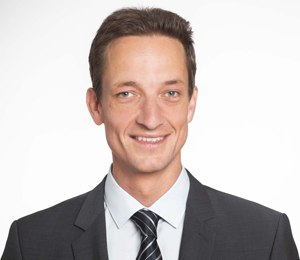Since October 2018, a small component has been whipping up a real storm in the industry: the SWISSPACER Air. It equalises the pressure in the insulating glass. The German Institute for Structural Engineering (DIBt) has now authorised its use. That means the component is the only solution that allows for approved insulating glass with pressure equalisation.
Until now, there has been no approval for open double and triple glazing – neither in the European standards through the CE mark, nor nationally with the German Mark of Conformity (the “Ü mark”). According to the EN1279, insulating glass must be a closed system. If new solutions come to market, they are initially regarded as a so-called non-regulated construction product and lead to a non-regulated design.
This is now no longer the case with the SWISSPACER Air. The Swiss manufacturer has now been granted a national technical approval (abZ) by the DIBt. The approval includes a general construction technique permit (aBG), as aspects of the joining, planning, measuring and execution are also regulated. Thus, insulating glass with a built-in SWISSPACER Air is now classified as a regulated construction product on the German market.

“Insulating glass manufacturers, as well as window and façade manufacturers, can therefore use the mark of conformity, better known as Ü mark,” said Dr. Martin Henseler, Head of R&D and Product Management at SWISSPACER. With the Ü mark, the manufacturer can demonstrate that the product meets all the requirements of the State Building Codes in Germany. In addition, it proves that its production is subject to continuous monitoring – and thus confirms the flawless processing of the insulating glass.
Ü mark provides clear orientation
“Manufacturers thus have the opportunity to offer a regulated construction product, which in turn guarantees their customers more reliability by using SWISSPACER Air – including in the case of international use,” explained Dr. Henseler.
Although the DIBt is only officially recognised in Germany, the DIBt is also well known abroad, and the Ü mark is often used for orientation for otherwise unregulated construction products. “This is mainly due to the fact that the State Building Codes in Germany often place greater requirements on construction products than the minimum requirements laid down in the EN standards.”
Piece of mind with the “Green List”
SWISSPACER also gives processors important information about how they can reliably check the use: “On the basis of simulations, which in turn are based on analytical considerations from the ift Rosenheim, together with ageing tests and field trials, we have put together what is known as a Green List,” said Henseler. “It defines the limits for the dimensions of the insulating glass within which the use of our solution is recommended.”
Pressure released insulating glass that meets the specifications of the “Green List” can achieve a service life of over 15 years; in the case of many standard glass structures, that figure rises to more than 25 years. For wider cavities between the panes and larger pieces of glass, the service life tends to be longer than for small insulating glass with a narrow cavity between the panes. Dr. Martin Henseler added: “A four-sided filling with desiccant is advisable in any case, since with the open system, there will always be a certain moisture absorption that must be compensated for by the desiccant.”
For more information, visit www.swisspacer.com.





